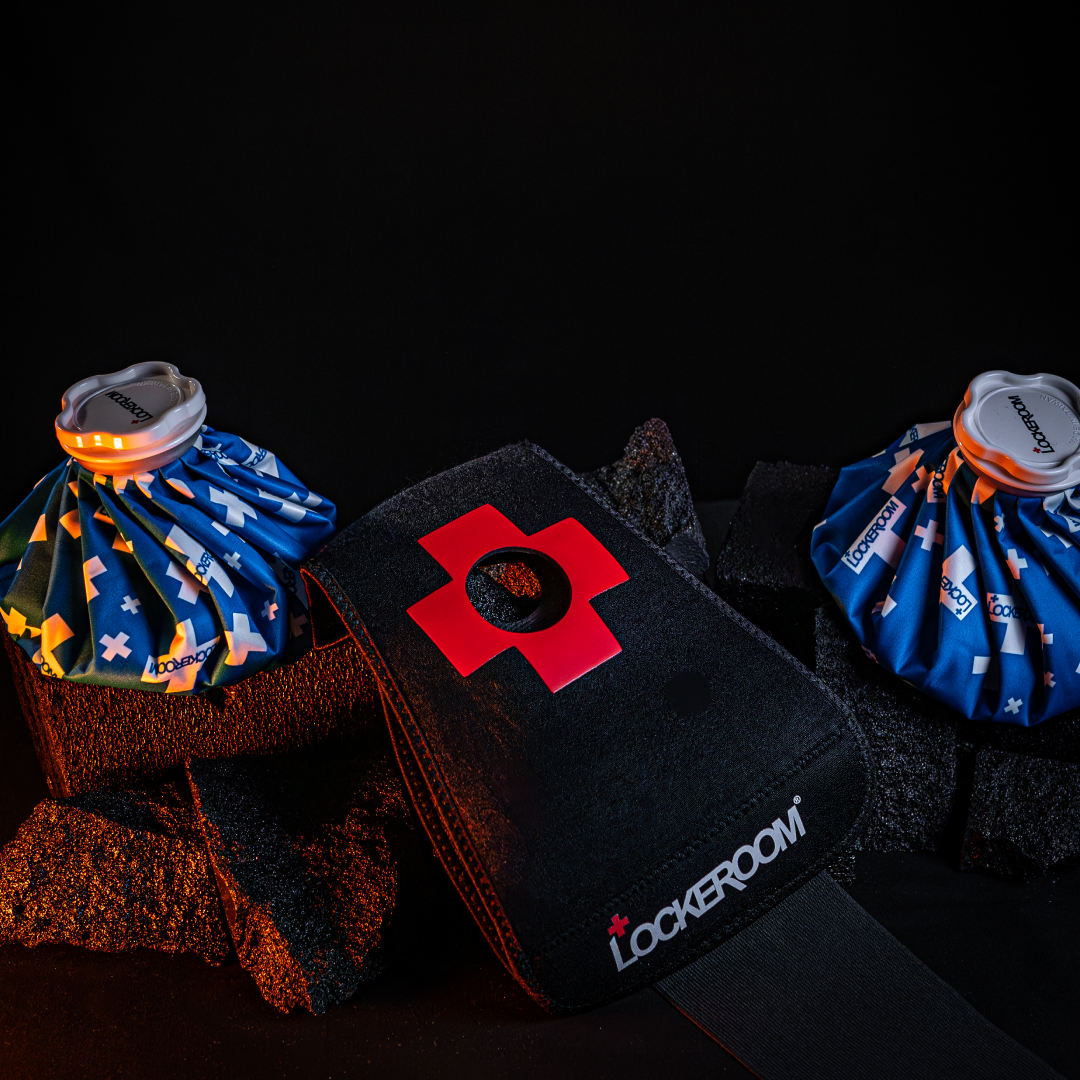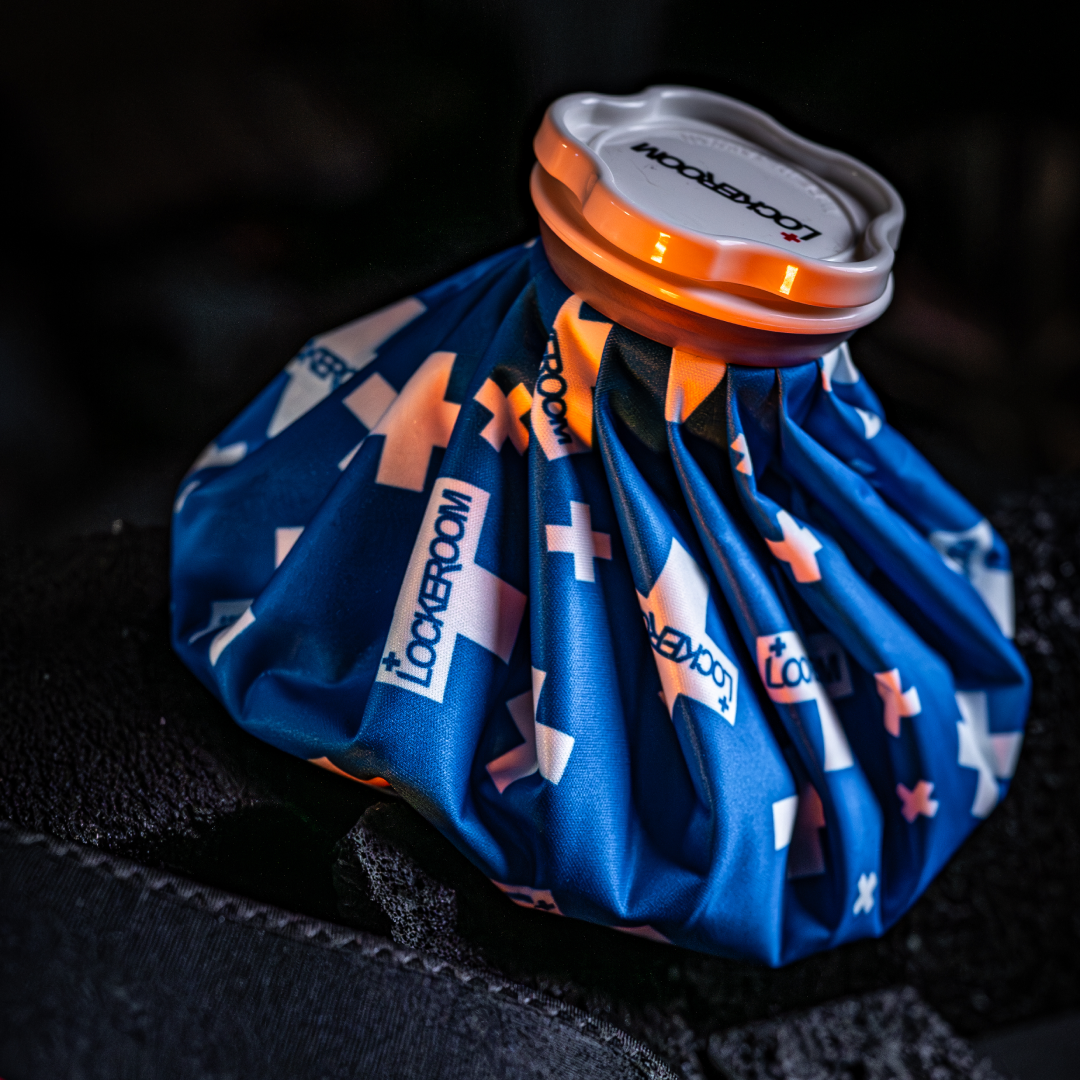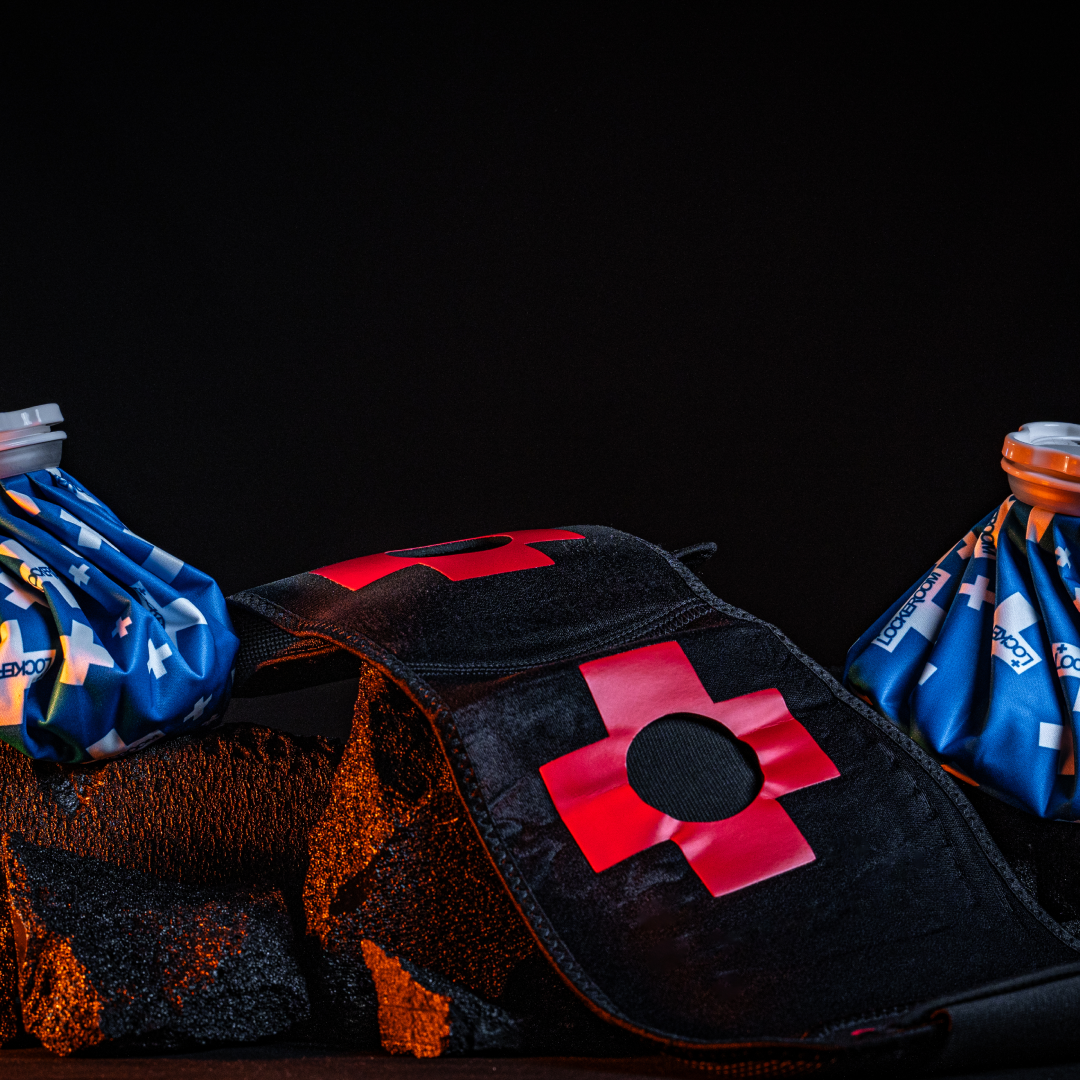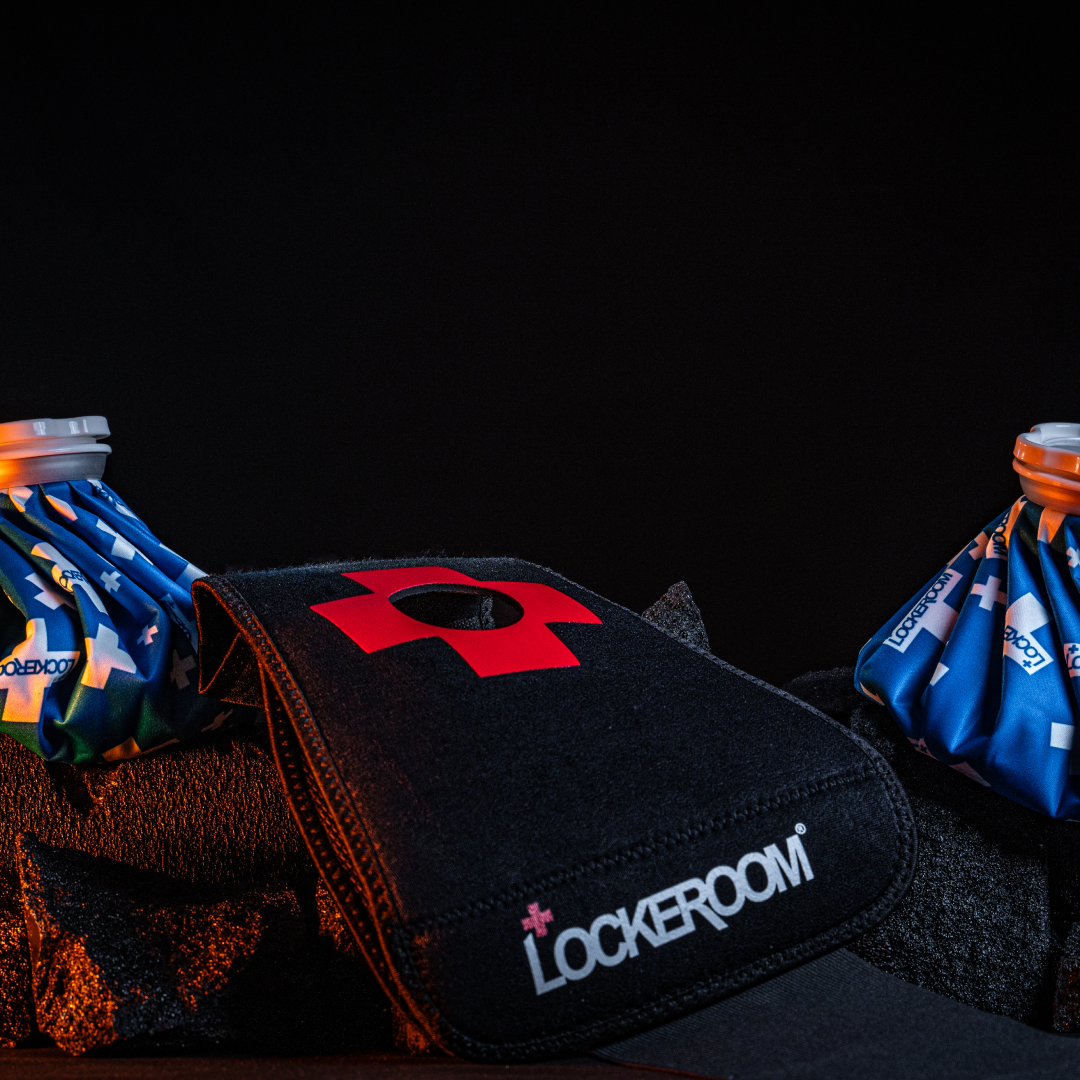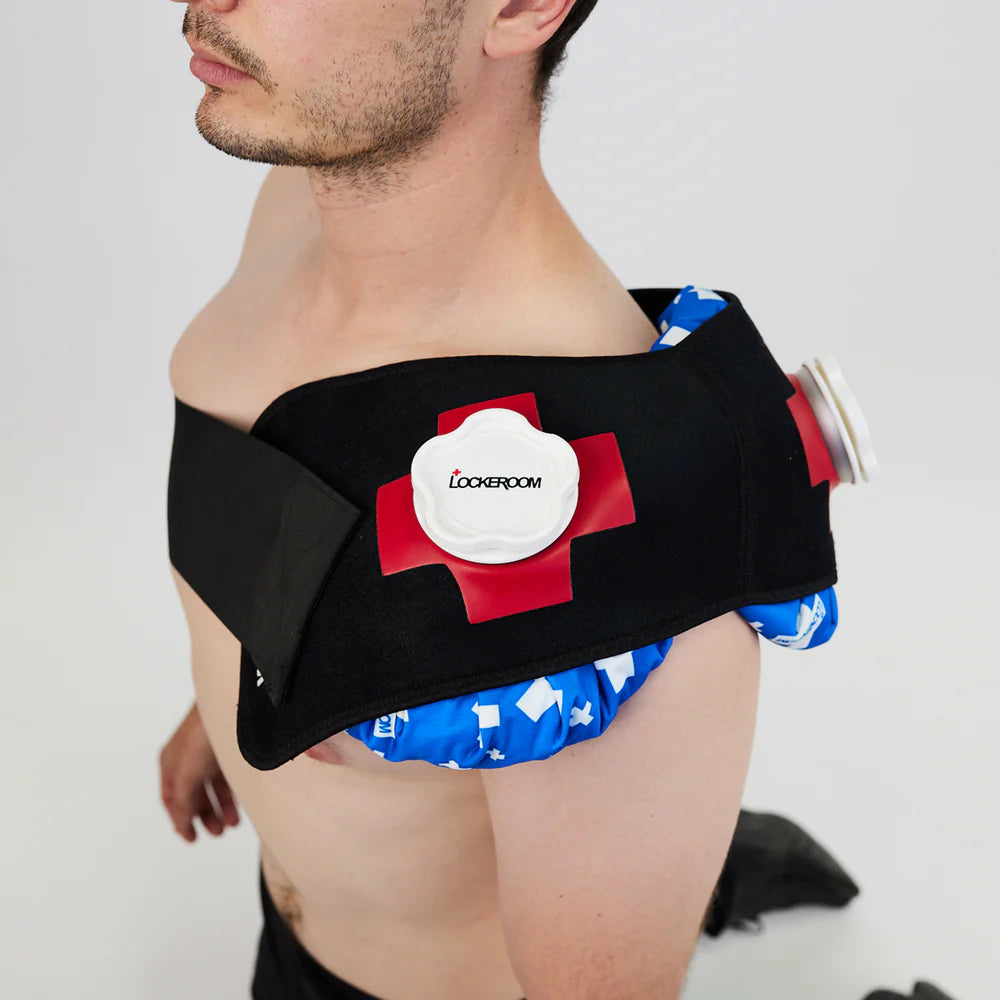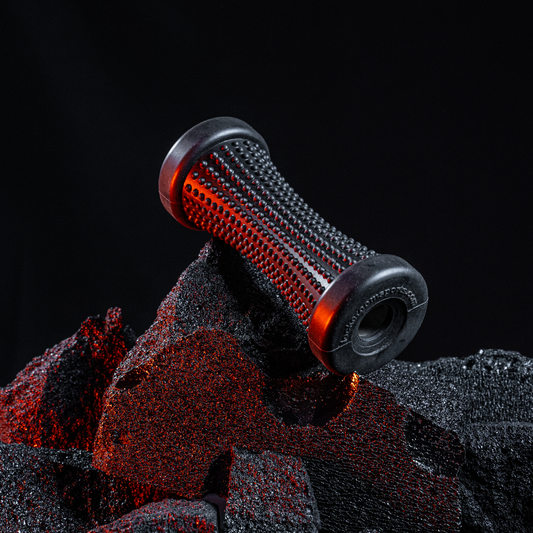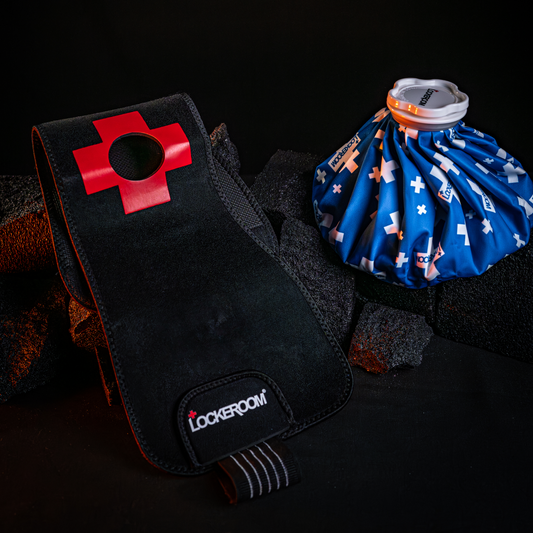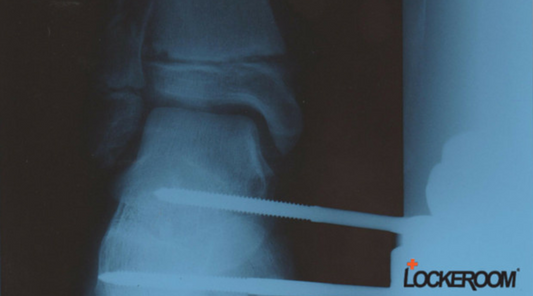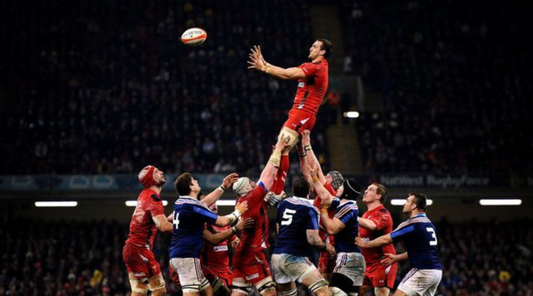
Q&A with Cam
Learn what might be behind your symptoms
What are the most common knee injuries you treat in the clinic?
The most common injury seen is to the Medial Collateral Ligament (MCL) This ligament provides stability to the inside of the knee. It most commonly involves a force to the outside leg with the foot fixed on the ground. This can be stationary or during running.
Players with minor Grade 1 sprains will mostly continue playing.
Players with Grade 2 (and greater) tears will be removed from the field of play as their knee will lack stability medially, and movement will be affected.
Meniscus tears are also common: these can be degenerative ie due to osteoarthritis or acute, as a result of injury.
Degenerative meniscus/ osteoarthritis can cause pain, stiffness, and swelling in the knee.
Treatment typically includes compression bracing, muscle-strengthening exercises, and managing any underlying biomechanical issues.
Is there anyway of preventing a knee injury?
Players participating in high collision sports require appropriate preparation. This includes targeted strengthening for knee flexors and extensors. Equally important is the inclusion of pelvic stability and hip conditioning exercises which assist in controlling movement especially during contact.
If Injured: Ice and compress the knee to reduce pain and swelling Ice Mate. Make sure you have an accurate diagnosis. Brace if required.
When possible: Strengthen your knee: Quads and hamstrings. Initially a power band is ideal. Add Glute exercises: Mini Bands and balance exercises. Work on core strength: Posture Pro Dome. Many of these exercises can be performed whilst the knee is braced for MCL.
What other kinds of serious injuries can occur in the medial knee?
Trauma injuries to the medial knee commonly include a meniscal tear or an MCL rupture.
A meniscal tear, often caused by a rotatory force or pivot, is a common sports injury or can result from degenerative changes in the knee. Symptoms include a locking or catching sensation, pain, and swelling, which can worsen over several days.
While some individuals may continue walking or even playing sports with a minor tear, the best course of action is to manage pain with ice, seek a medical diagnosis, and consider arthroscopic surgery if indicated, which may involve meniscus repair or partial meniscectomy depending on the extent of the damage.
An MCL rupture often occurs due to a valgus force, potentially involving a twist or rotatory component, which may also affect other structures like the medial meniscus. This injury typically results in a very unstable knee, with pain and tenderness on the inside, and may involve additional damage to the ACL. While not always caused by direct contact, treatment usually involves bracing, sometimes with non-weight bearing (NWB) or partial weight bearing (PWB), and surgery may be required, especially if multiple structures are injured.
How long will it take to get back playing after knee surgery?
Meniscus Tear - Recovery Time: 4-6 weeks (if isolated)
Meniscus Repair (Surgery): Recovery time: 12 weeks+
MCL Tear -
- Grade 1: 2-4 weeks
- Grade 2: 4-6 weeks
- Grade 3: 6-12 weeks
MCL Rupture(Surgery): Recovery time: 12-20 weeks



